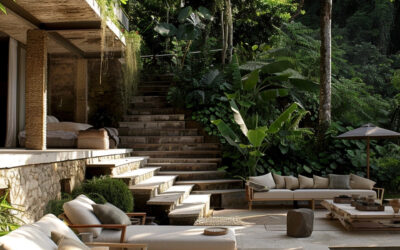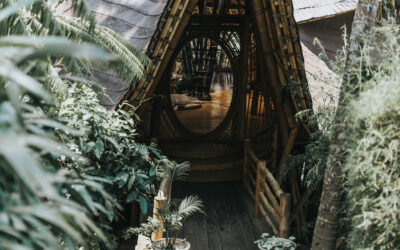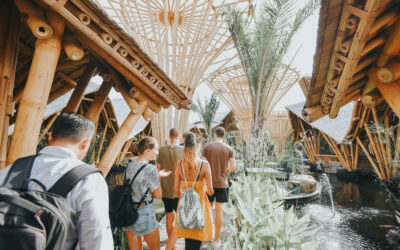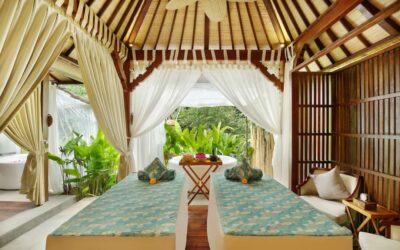Sustainable living is a lifestyle that must be adopted by everyone. It is about using earth’s natural resources in a way that they are not depleted, ensuring that life on earth can continue, maintaining ecosystems, reducing pollution by recycling, reducing greenhouse gases into the atmosphere. Sustainability is one of the most important things that is facing us today. We are all trying to do our bit so that the world can live sustainably for generations to come. In the following, we will first break down what is meant by sustainable living and then go into how you can make your life more sustainable.
A short breakdown of what it means to live sustainably
Living sustainably is the way of the future – but what does it mean? This can be a confusing concept because society’s idea of living sustainably (versus living non-sustainably) has changed over time. For example, during the 1800s living sustainably meant focusing on farming and producing as much food as possible. While today, sustainability means taking steps to protect our environment so that our children can enjoy a sustainable environment in the future. We are increasingly becoming aware that our greenhouse gas emissions are contributing to global climate change. Although humanity has taken measures over the last century to reduce some of these emissions, they remain on an upward trend. It’s time for us to do more in a bid to save the planet.
What elements are necessary for sustainable living
Green resources are somewhat essential in achieving sustainable living. So, what are green resources? Green resources are natural resources that have minimal impact on the environment. Thus, they are labeled as “green” or environmentally friendly. So, what are sustainable resources with small carbon footprints? Well through a process of elimination you can narrow down your list to a few key ingredients which include wood, wool, leather, and natural rubber. Sustainable construction accounts for a larger proportion of the building industry today than ever before, because of an increasingly global social consciousness and concern for the environment. The need to avoid waste, materialize efficient building processes and reduce the consumption of energy from non-renewable sources has encouraged the growth of this sector.”
Understanding your resources
The first step you should take in your journey to a more sustainable lifestyle is understanding what exactly that means for you. There is a lot going on out there that may have you thinking this should be a larger step, but it should start with you figuring out one thing: understanding your resources. Take a minute to see where you spend your energy, and you will be able to make an informed decision from there. For example, durable goods can be replaced with less costly items; wash clothes without using the power of your electric washer and dry them on your clothesline instead of using the dryer. An organic garden provides fresh vegetables cheaply and easily in your backyard conserving both energy and pollution from transporting vegetables great distances to supermarkets or stores
The Key is Living in compact and efficient homes
The biggest influence is made by our home where we spend our daily life. Having an efficient and compact house is one of the most important elements in achieving a sustainable lifestyle. By having less space, you become more organized and focused on the important things. Small houses are one way to reduce the burden on Mother Nature. But it should also use little energy and aren’t dependent on fossil fuels for heating and cooling.
A great example of a compact and sustainable house gives us LSD Architects. They have the Garden House is a prototype for sustainability design. It was conceived by the architects as a personal, customized little “farm” and is inspired by the idea that architecture shouldn’t just be walls, windows, and roofs.
The Garden House is an interactive structure that provides food, electricity, and water while creating a close relationship with the site and its immediate surroundings.
This structure was also designed with the idea of providing shelter and resources in the event of natural disasters such as floods and drought.
Tamarindo Beach, located on the North Pacific coast of Costa Rica, is also suffering from rising temperatures and lack of water.
Wise management of resources will be a priority for people in the near future. Wastewater treatment, water harvesting, composting, solar water heating, cooling systems, high-efficiency housing systems and fixtures are sustainable components of the Garden House.
Small things you can do to become more sustainable
Of course, not everyone can build a new sustainable house right away, so here are some small things you can implement in your everyday life to live more sustainably:
- Switch to green electricity
- Fill up washing machine & dishwasher
- Build furniture yourself
- Glass instead of plastic
- Reduce meat consumption
- Grow your own food
- Food from the region, not oversea
If you want to learn more about sustainability, check out our other blog post where we introduced you to documentary series and films around the theme.







